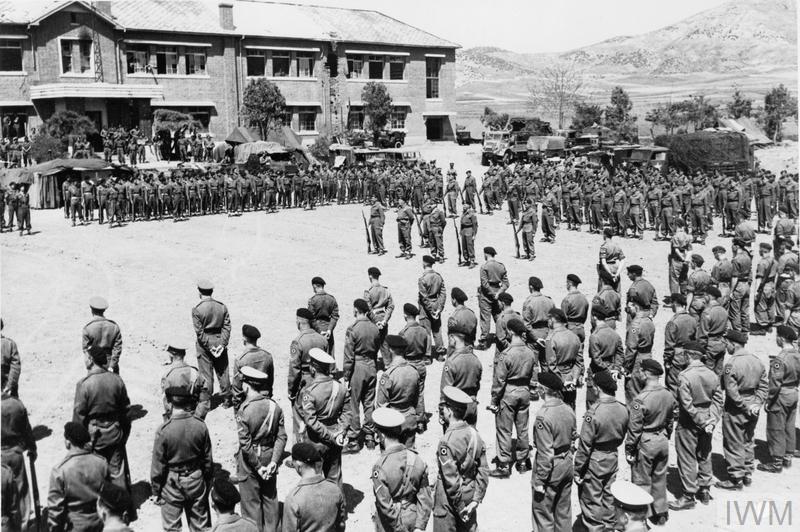The Second World War saw significant medical developments and refinements. These ranged from the use of penicillin to the widespread availability of blood transfusions and the first use of aircraft for evacuation. The last 70 years have seen further developments that have improved casualty survival rates in times of conflict.
The Korean War, which lasted from 1950 to 1953, saw the first widespread use of helicopters for casualty evacuation. US forces also developed the use of the Mobile Army Surgical Hospital (MASH), offering specialist care in close proximity to the front line.
Despite improvements, medical care could still often involve basic conditions. During the Falklands War, which took place from 2 April to 14 June 1982, the remote location meant British forces were dependent on seaborne support. The main British field hospital on the islands was housed in a disused building. But helicopters meant casualties reached the facilities on board ship relatively quickly.
Falklands War casualty

A British casualty from HMS Sheffield is rushed by stretcher to the sick bay on board HMS Hermes during the Falklands War in 1982. Medical care during the Falklands campaign relied on rapid evacuation by helicopter and on the facilities of hospital ships in the South Atlantic.
In Afghanistan in recent years, medical provision has developed further. On the front line, the emphasis is on instant treatment during the 'platinum ten minutes' from the point of injury. Patrol medics are equipped with practical medical kit and are more thoroughly trained than their equivalents of past conflicts. Helicopters mean casualties reach specialist care within the vital 'golden hour' after injury. The field hospital at Camp Bastion is equipped with the latest technology.
Today, service personnel are surviving injuries that in previous decades would have proved fatal. The challenge now - for both medicine and society – is to ensure that these unexpected survivors are supported and have a high quality of life.


